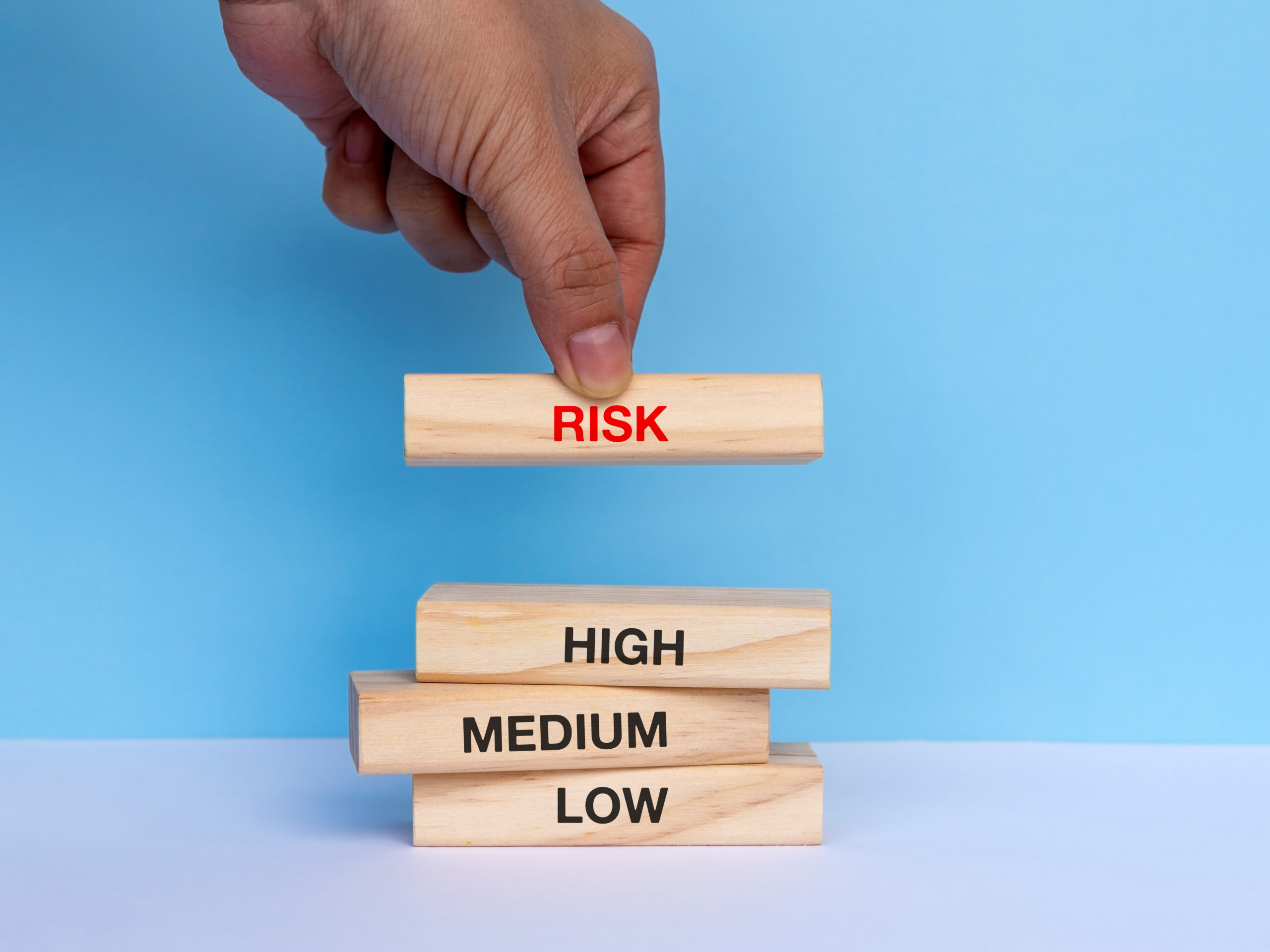Cyber Risk
Keep the Dialogue Open

A shut-down, or even a partial disruption, is the stuff of nightmares for risk managers and C-suites. Business interruption (BI) and contingent business interruption (CBI) policies can help organizations weather those kind of crises, but the coverage is complex, and has only become more so since cyber exposures came to the fore.
In order to help minimize BI and CBI losses, risk managers must establish and maintain an open dialogue with C-suite executives on a continuous basis.
Open communication will give companies the agility to respond quickly if a business is shut down or production is halted by a cyber attack, determine the best way to assess income loss, and also to protect the company’s reputation.
Prior to a loss, that open dialogue will also help everyone reach a consensus about coverage needs and whether sufficient limits are in place.
Traditional property and BI policies will typically insure against a physical loss or damage to property, however many exclude cyber attacks, even if the cyber attack causes property damage.
As cyber threats become more sophisticated, risk managers and their companies need to better understand and assess these evolving exposures, and to devise an appropriate mitigation strategy and emergency response plan.
Understanding and Measuring the Claim
Al Gier, director of global risk management and insurance at General Motors, said that BI and CBI are often the most complex form of property losses when trying to quantify the actual loss.
“They require a significant marshaling of the risk management, supply chain, finance, marketing, purchasing and distribution functions, in order to support the claim,” he said. “Added to that is the work that people are already doing behind the scenes to bring their company back on line.”
He added that one way of assessing loss is by using pre-loss production schedules, sales and growth projections, and budgets.

Rick Roberts, president and director of risk management and employee benefits, Ensign-Bickford Industries
Rick Roberts, president and director of risk management and employee benefits for Ensign-Bickford Industries and immediate past president of RIMS, said there is often a sizeable difference between a company’s loss estimate and the actual loss.
“There are two approaches to BI claims — the first is a top-down approach and the second is bottom-up,” he said.
“I prefer the bottom-up approach that measures lost income plus any continuing expenses as it’s easier to understand.”
Dan Holden, manager of corporate risk and insurance for Daimler Trucks North America, said that risk managers need to explain to the C-suite how BI or CBI coverage would be triggered, what it would cover and for how long.
That allows management to focus on potential events in order to mitigate against any revenue interruption, he said.
Robert Reeves, partner at EY’s Fraud Investigation and Dispute Services (FIDS) practice, said that should a loss occur, risk managers need to help senior management understand the claim, as well as the claims process and the potential range of the claim.
“[BI and CBI] require a significant marshaling of the risk management, supply chain, finance, marketing, purchasing and distribution functions, in order to support the claim.” — Al Gier, director of global risk management and insurance, General Motors
He added that when assessing a loss, it’s also important to take into account both sales and production.
“Sales is really focused on demand and production is focused on capacity,” he said. “So no matter what industry you are in, you have to look at both factors.”
Selecting the Right Policy
Dave Finnis, executive vice president and national property practice leader at Willis Towers Watson, said that most property insurance policies won’t provide coverage as standard in the event of a cyber attack unless there was evidence of physical damage.
“I am seeing a lot more instances where these kinds of occurrences are becoming a reality,” he said. “In the last year, a German power plant had a cyber attack and suffered physical damage when the hackers accessed one of their furnaces, but fortunately they were covered under their property policy.”
Reeves said that it is important to read the policy’s wording first as most cyber insurance will provide coverage for a BI claim, but won’t necessarily cover a CBI claim.
Josh Gold, a cyber insurance attorney at Anderson Kill’s New York office, said that BI or CBI coverage should provide for loss of business income at a minimum, covering both lost profits and continuing expenses.
He added that it was important to build in coverage for extra expenses, such as the cost of using other facilities while your operations are down, bringing consultants in, or moving your system to a new cloud platform.
Doug Backes, FM Global’s claims manager, said that it is also important to match the coverage to the loss.
“From our perspective, we have always approached data as property and it needs to be covered as such,” he said. “Whether data is damaged in a fire or as a result of a cyber attack, there needs to be cover for that.”
Impact on Reputation
Reeves said that an often-overlooked impact of a BI or CBI claim is on a company’s reputation with its customers, employees and shareholders.
“Once the physical loss has gone away, then you have got to make sure that you manage your reputation,” he said. “So you need to let your customers know what is happening, how long you are going to be down and what your mitigation strategy is.”
Citing the example of Target’s major data breach, which has cost the company $300 million to date, Gold said that the impact of a cyber attack often runs much deeper than the initial loss, and it can damage reputation in terms of customer privacy and payment details.
“From a loss mitigation 101 standpoint, you wouldn’t want to exacerbate the problem by being less than candid about what is going on,” he said.
“Of course, a lot of risk mitigation can be done before a breach occurs, to ensure that you have the appropriate plan and insurance policy in place.”
Gier said that the impact of a BI or CBI loss on a business’ reputation depended largely on the cause of the loss, as well as the company’s response time.
“Companies can do a lot to minimize the risk of BI or CBI losses on their reputation by maintaining ultimate sources of supply, keeping extra inventory and having a thorough understanding of the financial impact of BI in protecting the most valuable parts of the business,” he said.
Working in Partnership
Reeves said that risk managers need to explain to senior managers how their BI and CBI policies work and to identify key areas that need to be written into the coverage based on previous claims experience.
“The C-suite needs to make sure that those resources are available and the risk manager needs to make sure that everyone has realistic expectations about the time frame for the claims process.” — Jill Dalton, managing director, Aon Global Risk Consulting
He added that it was also important to help them understand the interdependencies between the different parts of their business in the supply chain.
“We had a client with a very small site in the south that got hit by a tornado,” he said.
Initially they thought it wouldn’t have much of a financial impact, but they soon realized that it was the only plant that produced a small component used in all of their products.
“They dodged a real bullet, because fortunately they were able to get alternative sourcing, otherwise they would have been facing a $1 billion loss,” Reeves said.
Jill Dalton, managing director of Aon Global Risk Consulting, said that C-suites and risk managers need to work in unison.
“The C-suite needs to make sure that those resources are available and the risk manager needs to make sure that everyone has realistic expectations about the time frame for the claims process,” she said.
Carlos Moran, director of claims at Aon Global Risk Consulting, added that businesses need to develop a contingency plan in order to maintain critical operations in the event of a loss.
“Risk managers have a very difficult job,” FM Global’s Backes said. “Sometimes it’s very difficult for them at times to get the attention and buy-in from the C-suite.
“But when they can do that successfully, they can build out greater resiliency and redundancy into the company’s practices and procedures.” &












